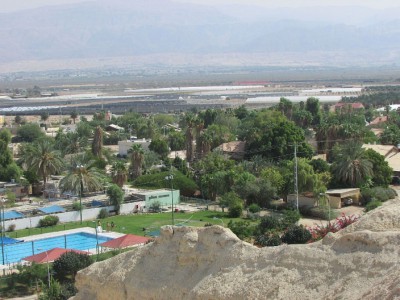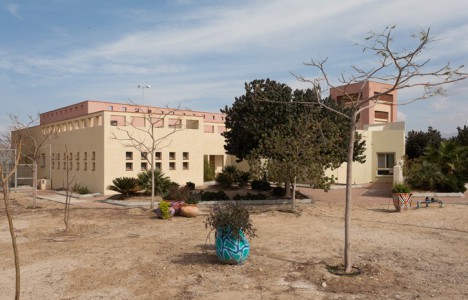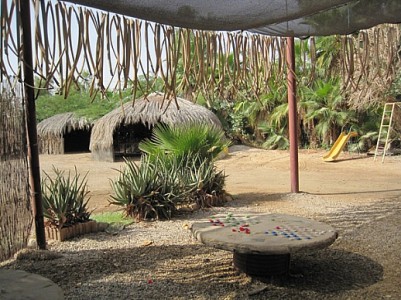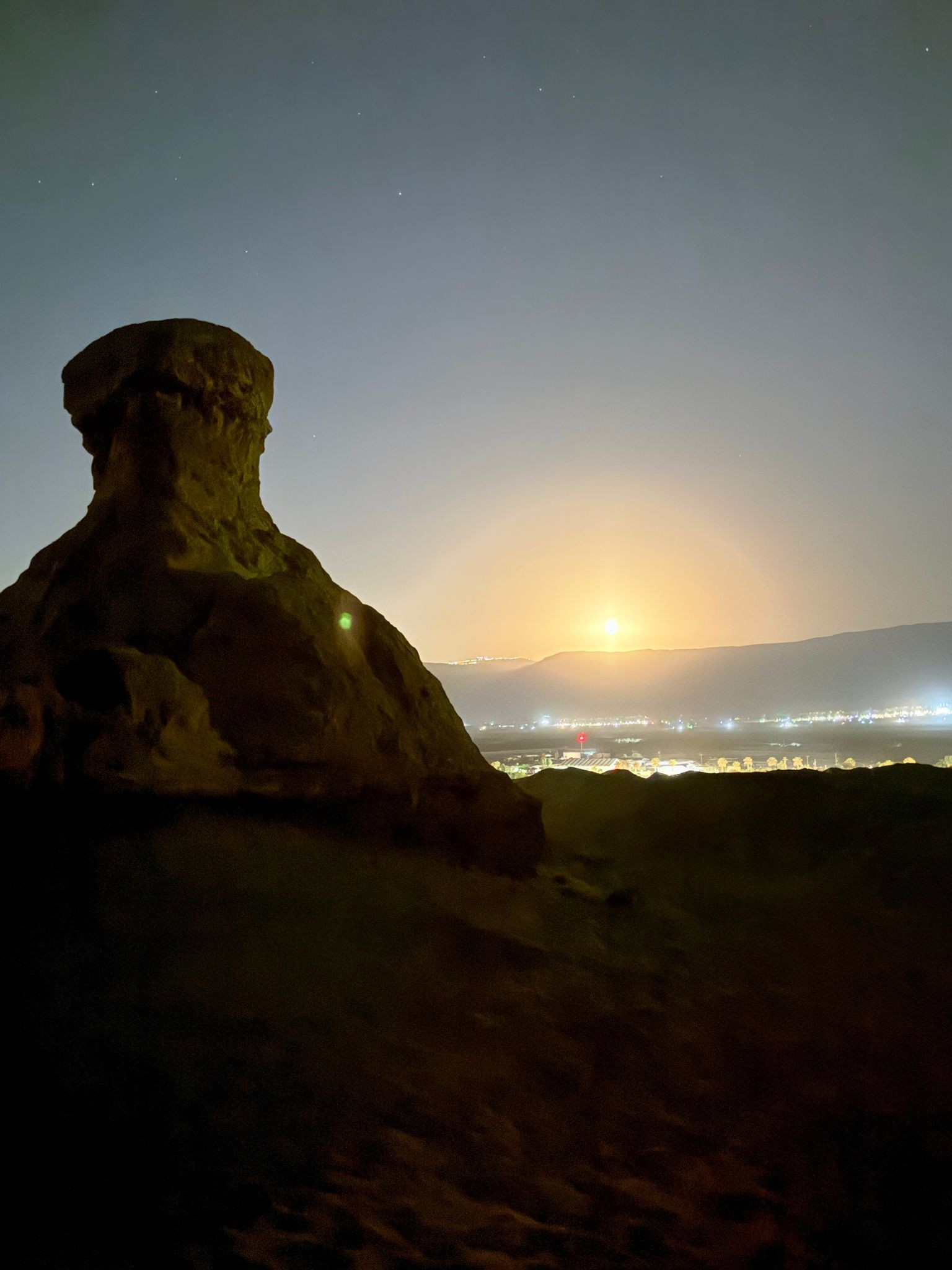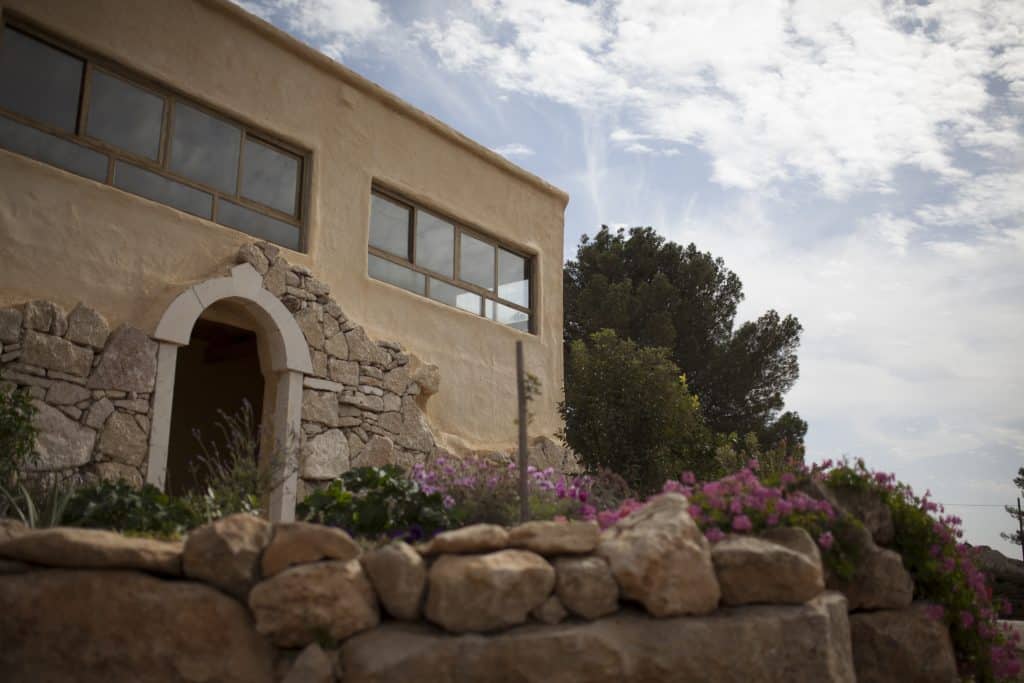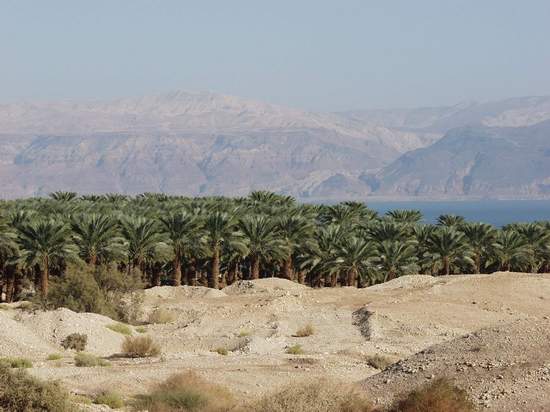Neot Hakikar and Ein Tamar
Neot HaKikar and Ein Tamar have a history of social experiments and failures. Today, these settlements are secular moshavim in Nachal Arava at the southern end of the Dead Sea nestled by the Jordanian border. Neot HaKikar began in 1970, replacing a cattle farm that had settled there in 1959 which was subsequently replaced by […]
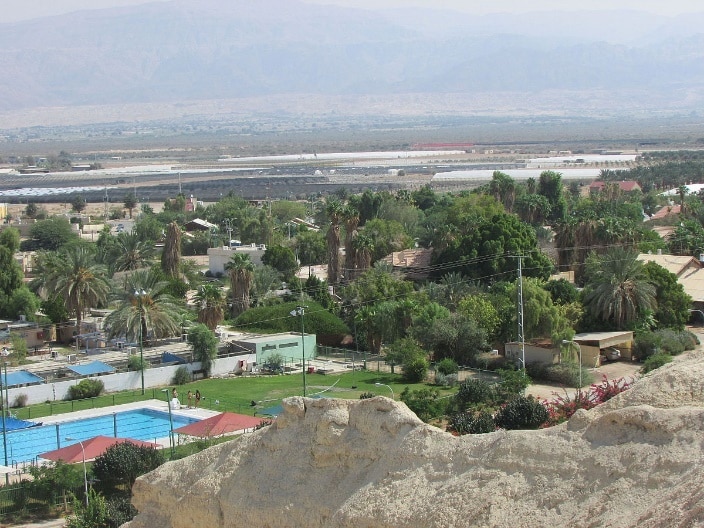
Neot HaKikar and Ein Tamar have a history of social experiments and failures. Today, these settlements are secular moshavim in Nachal Arava at the southern end of the Dead Sea nestled by the Jordanian border. Neot HaKikar began in 1970, replacing a cattle farm that had settled there in 1959 which was subsequently replaced by the Israeli Defence Forces army base. Ein Tamar was established by 24 families in 1982.
The hot, arid climate made living conditions very difficult for the settlers but provided a great location for greenhouse farming. The moshav’s main source of income is agriculture, with 70% of the produce destined for export. Crops include red, green, yellow and orange peppers, winter-ripening vegetables and melons, and organic Medjool dates grown in salty soil using saline well water.
One of the worst natural disasters in Israeli history was the terrible tragedy that occurred in December 1970 on the nearby army base. Heavy rains caused rocks to detach from an overhanging cliff. The boulders crushed the army base’s dining room killing 19 soldiers and one Israeli civilian. The dead and wounded were buried underneath 1,500 tons of rock and soil, three meters high. A memorial of the disaster was erected at Neot Hakikar.
The unique geography of Nahal Arava makes these moshavim a centre of tourist attractions. They are both agricultural moshavim but the region is also the perfect base for exploring the wadis (dry riverbeds) around the southern Dead Sea. Together they have B&Bs and options for mountain biking, hiking, birdwatching and exploring the desert by jeep.
At the entrance to the Moshavim the Tamar Regional Council and the Government Tourist Co., built an Eco Desert Park visitor’s centre. The two bodies recognized the location as a suitable anchor for eco-tourism in the area. The centre serves as a starting point for the many trips such as family tours, challenging hikes, bicycle trips, waterfall tours and many more. At the rear of the park there are plans for an ecological pool that will hopefully stimulate the habitats of the past of the area.
Neot Hakikar is populated by 230 people of all ages and Ein Tamar 124 and whilst the area is remote and off the beaten track, life is definitely in full swing.

